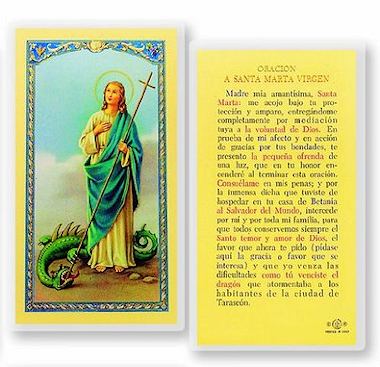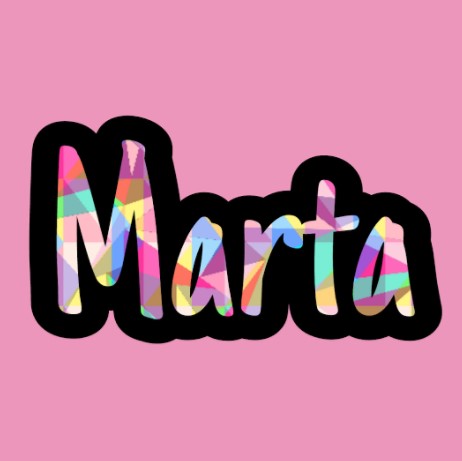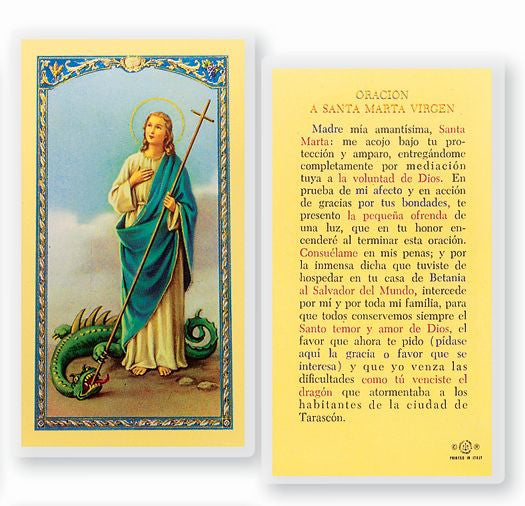
We did this Lost City tour with G Adventures which involves an exclusive fifth-day route and is led by a fantastic indigenous guide. You can either book ahead of your visit, or look around your options when you arrive at various agencies and hostels. It’s only possible with an approved tour company, and tours all depart from Santa Marta. Trekking through the tropical humid jungle of the Sierra Nevada de Santa Marta for four or five days, sleeping in basic accommodation, and carrying (nearly) everything you need on your back isn’t going to appeal to everyone or be possible on short Colombia trips, but it’s exactly the sort of experience and challenge which curious travelers crave. But the Lost City Trek is slowly establishing itself as a landmark experience in the region. Oraciones Santa Marta DominadoraĬolombia is not renowned as a hiking destination (especially as many other South American countries offer so many phenomenal outdoor opportunities). It is bordered to the north and west by the Caribbean and to the south by the municipalities of Aracataca and Ciénaga. It is 992 km from Bogotá and 93 km from Barranquilla. Santa Marta is located on Santa Marta Bay of the Caribbean Sea in the province of Magdalena.

Archaeological excavations have recovered significant works in pottery, stonework, and gold. We know that they traded with other indigenous groups along the coast and interior. They also were known to actively collect and process salt, which was a significant trading commodity. Surviving archaeological sites consisted of formed terraces and small scale underground stone channels.

The Tayrona are considered quite advanced for their time period. Their economy was primarily agricultural, cultivating corn, pineapple, yucca, and other local foodstuffs. The Tairona formed mid- to large-size population centers, consisting of stone pathways, terraces, protected waterways, and spaces dedicated to agricultural produce.

Due to a combination of tropical weather, significant rainfall, and the destruction and misrepresentation of many records by Spanish conquistadors, our understanding of the peoples of this region is limited. Santa Marta Dominadoraīefore the arrival of Europeans, the South American continent was inhabited by a number of indigenous groups. It’s a 20-minute bus ride from the center, and Atlas Obscura has a good short article about why it’s understandably such an important site for South Americans. Closed on MondaysĪlternative | We have unfortunately never made it out to Quinta de San Pedro Alejandrino, the old hacienda where South America’s liberation hero Simón Bolívar spent his final days battling against tuberculosis. to 5 p.m, Sundays and Public Holidays from 10 a.m. There are lots of museums in South America that focus on similar types of themes, but this compact one is actually really well curated and laid out rather than offering just a few dusty displays and old explanations. Set in an old building which used to act as the customs house in the colonial era, the Tayrona Gold Museum charts the history of Santa Marta, details the lives and customs of the four indigenous groups of the region, the cultural roots of northern Colombia, and details the huge ecological importance of the Sierra Nevada de Santa Marta.

This relatively new cultural addition to Santa Marta exceeded our expectations, and it’s definitely something you should visit whilst in the city (no excuses either as it’s free entry). Here visitors always find something to do: diving, adventure sports, and visiting beaches where the rainforest meets the sea bird watching, a historic city tour and a visit to the heart of the Tayrona culture. Near the birthplace of Gabriel García Márquez, the father of magical realism, Santa Marta’s beach captivates with activities and culture, among other options. The capital of the department of Magdalena, which was founded in 1525, is one of the oldest cities in South America. The city is located on the shores of the Bay of Santa Marta on the Caribbean Sea, in the foothills of the Sierra Nevada, whose peaks can be seen on clear days from the beach. The Caribbean sea and snow make Santa Marta a difficult place to forget. The secret to Santa Marta is to use it for what it does well: hotels, restaurants, and bars, and then get out to the slew of superb nearby destinations during the daytime. Despite its long history and charming center, it gets a bad rap from many travelers, who cite its unlovely urban sprawl and terrible traffic as reasons not to hang about here. Santa Marta is South America’s oldest European-founded town and the second-most-important colonial city on Colombia’s Caribbean coast.


 0 kommentar(er)
0 kommentar(er)
